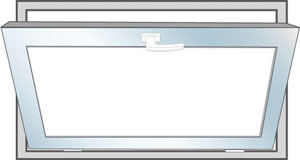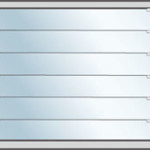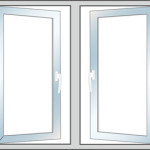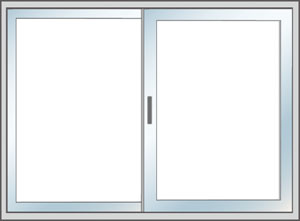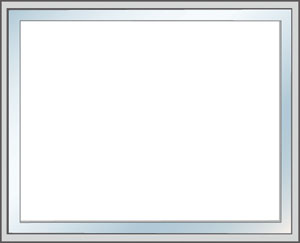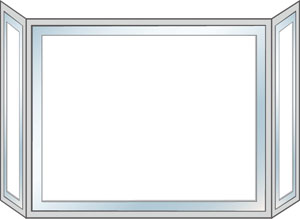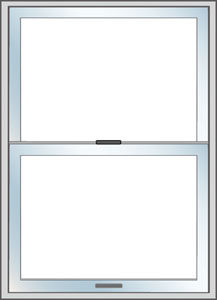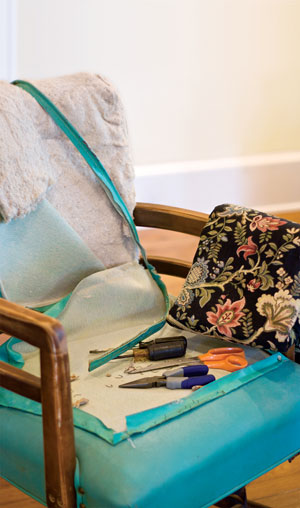Different Views: A Guide to Windows
04 Sep 2010
Windows frame the outdoors and ventilate our homes, so it makes sense to know the different styles before you shop so you can choose the appropriate windows for your home.
We drape them, dress them, shade them and gaze through them, but we often ignore their functional aspects. Windows frame our views and connect us to the outdoors, so whether you’re installing anew or replacing existing panes, it’s wise to familiarize yourself with the different window styles.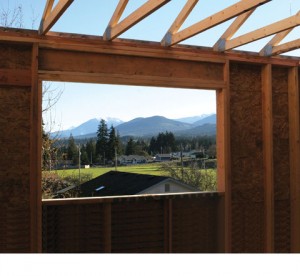 “Windows can set the style of a house, blur the boundaries between inside and outside, and open up a room,” architect Jon Chambers says. “They are the eyes of a home.”
So what should you know about the different styles? We asked Terry Marcovich, president of Accent Windows headquartered in Westminster, and Chambers, owner of Chambers Architects & Builders in Boulder, to tell us the pros and cons of the popular window styles. Here’s what they said:
“Windows can set the style of a house, blur the boundaries between inside and outside, and open up a room,” architect Jon Chambers says. “They are the eyes of a home.”
So what should you know about the different styles? We asked Terry Marcovich, president of Accent Windows headquartered in Westminster, and Chambers, owner of Chambers Architects & Builders in Boulder, to tell us the pros and cons of the popular window styles. Here’s what they said:

